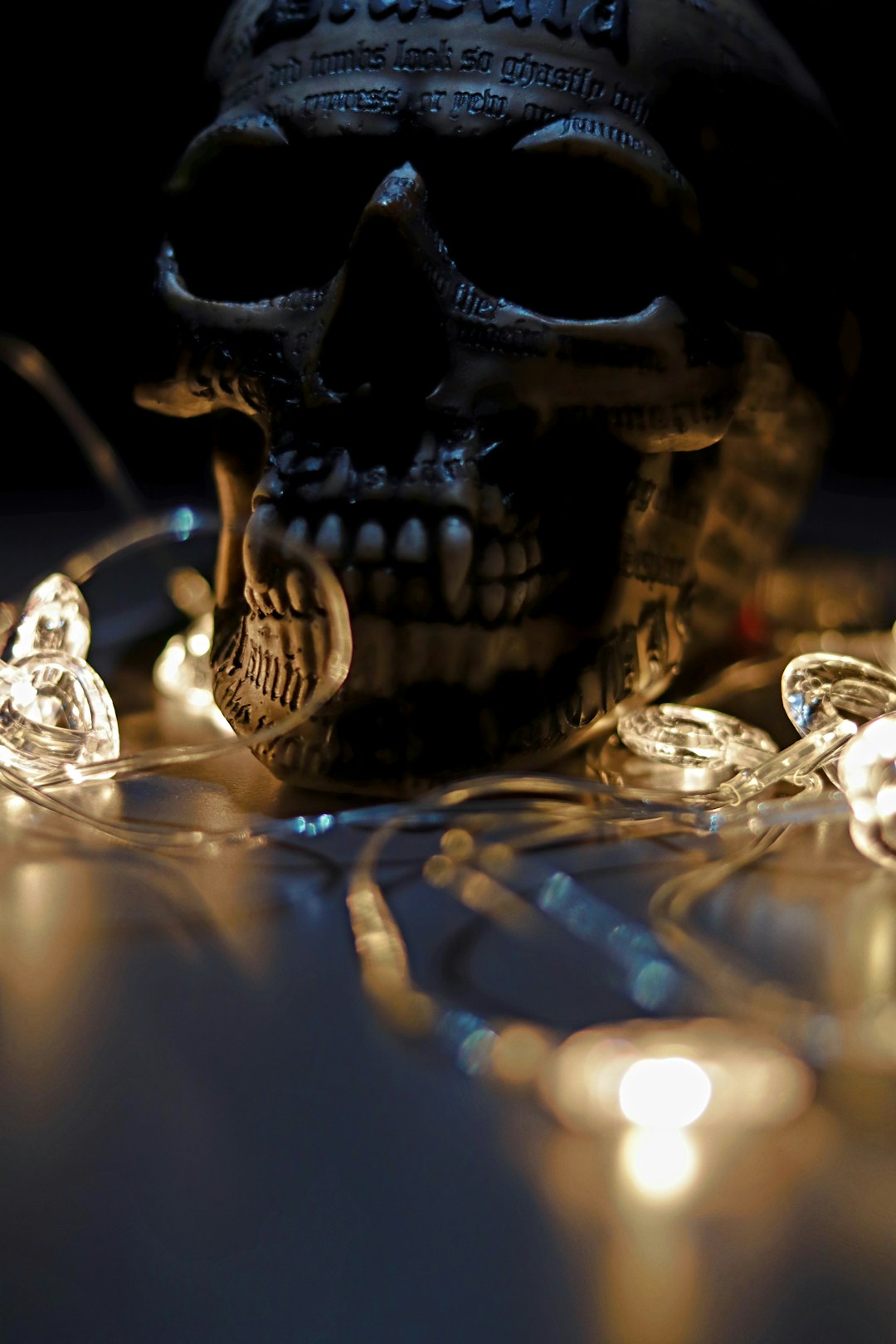
Introduction
In recent years, archaeologists have uncovered a series of mysterious burials in Ireland that have led to speculation about the existence of vampires in Irish folklore. These burials involve skeletons that were buried with rocks or bricks in their mouths, a practice believed to be a way of preventing the dead from rising from the grave. In this article, we’ll explore the mystery of these vampire skeletons and what they may tell us about the beliefs and customs of the people who lived in Ireland centuries ago.
The Vampire of Ireland: An Overview
During the 18th and 19th centuries, Europe was swept up in a vampire craze. Stories of bloodsucking creatures became popular in literature, with Bram Stoker’s “Dracula” being one of the most famous examples. The belief in vampires was also prevalent in folk traditions and superstitions. People believed that vampires were able to rise from the dead and prey on the living, and that they could be defeated with certain rituals or by driving a stake through their heart.
This cultural phenomenon may have played a role in the burial practices of the vampire skeletons found in Ireland. For centuries, people have been fascinated by the legend of vampires. While most consider these creatures of the night to be mere fantasy, there are those who believe that vampires did, in fact, exist. One such belief stems from the discovery of several “vampire skeletons” in Ireland.
These skeletons, which were buried in the Middle Ages, were discovered with stakes driven through their hearts and other seemingly ritualistic artifacts. In this article, we will explore the history of the vampire legend and delve into the mystery of the vampire skeletons buried in Ireland. We will examine the evidence surrounding these strange burials and attempt to shed light on why people in the Middle Ages may have believed in the existence of vampires.
The Vampire Skeletons
The first vampire skeleton was discovered in 2006 during an archaeological excavation in County Louth, Ireland. The skeleton was that of a male who had been buried in the 8th or 9th century. A large stone had been placed in his mouth, which researchers believed was meant to prevent him from rising from the grave and feeding on the living.
Since then, several more vampire burials have been discovered throughout Ireland, dating back to the Middle Ages. In some cases, multiple skeletons were found with stones or bricks in their mouths. The belief in vampires was not uncommon during this time, and people took various measures to prevent the dead from returning to life.
Theories and Explanations
There are several theories as to why these vampire burials occurred in Ireland. Some researchers believe that they were a response to outbreaks of disease, as people may have believed that the dead were responsible for spreading illness. By placing stones in their mouths, they may have believed they were preventing the spread of disease.
Others speculate that these burials were an attempt to prevent the dead from rising from the grave and seeking revenge against those who wronged them in life. Still, others believe that the stones were simply a practical solution to keep the jaws of the dead from opening as the body decomposed.
There are many other theories and explanations that have been put forth to explain the presence of the vampire skeletons. One theory is that the people buried in this manner were accused of being vampires because of their physical appearance or behavior. This theory is supported by the fact that many of the skeletons had physical deformities or were buried with rocks in their mouths, which was believed to prevent them from rising from the dead and feeding on the living.
Another theory is that the practice of burying suspected vampires in this way was part of a wider cultural tradition that existed in Ireland during the medieval period. The belief in the existence of vampires was widespread in Europe during this time, and it is possible that the people of Ireland adopted this belief as well.
Regardless of the reason behind the burials, the discovery of the vampire skeletons has shed new light on the history and culture of Ireland during the medieval period. It also provides a fascinating glimpse into the beliefs and fears of the people who lived during this time, and the lengths they went to in order to protect themselves from the perceived threat of the undead.
Conclusion
The mystery of the vampire skeletons buried in Ireland continues to fascinate researchers and the public alike. While we may never know the exact reasons for these burials, they provide valuable insight into the beliefs and customs of the people who lived in Ireland centuries ago. As archaeologists continue to uncover more information about these burials, we can continue to learn more about the fascinating history of this island nation.





